Anyone who has explored around the vast landscape of the Internet during the last few years has likely heard a Kickstarter horror story or two. Some of us my be crowdfunders ourselves, and while many innovations have found success through platforms such as Kickstarter and IndieGoGo, a select number of campaigns have made false or bloated promises to their funders. It’s no doubt a widespread issue, but it’s also one that has been accepted as unavoidable, leaving crowdfunders to do their own research and fund at their own risk. A number of recent Kickstarter campaigns for 3D scanning devices reflect this dilemma perfectly, as we’ve seen a number of ideas rise to popularity, while some fell from hype to infamy after failing to deliver their product, or in some cases never received enough funding to even try.
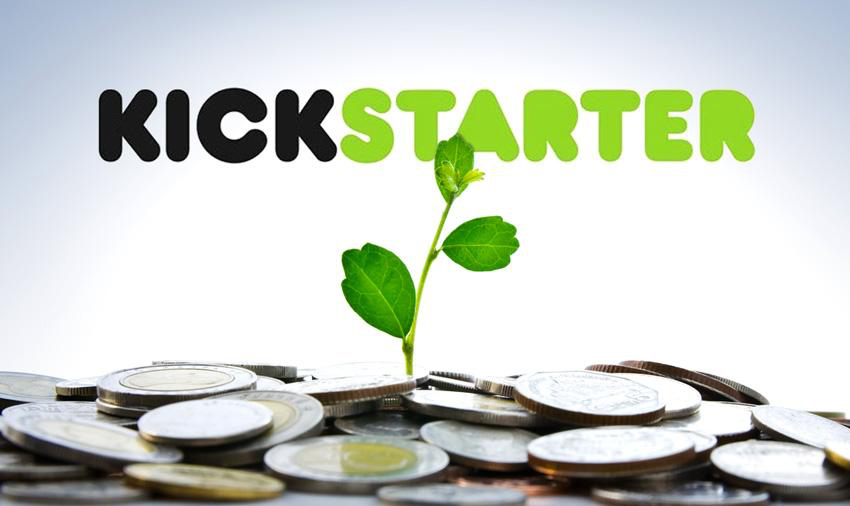
So, is it really all just a crapshoot? Or is there some kind of warning sign that could help advise you on whether you should fund this campaign or not. Let’s take a look at some of these 3D scanner campaigns, and try to figure out what makes a campaign either successful or a complete failure. First and foremost, a Kickstarter campaign needs to look as nice as it sounds. Without a well-detailed and eye-catching campaign page, you’re potential product is already doomed to fail. People want to see skin in the game, proof that this campaign is both feasible and extraordinary. This could make the difference between a Fuel3D, which raised $325,343 thanks to good press and a campaign page jam-packed with evidence and explanations behind their handheld 3D scanner, and underwhelming campaigns from Spico3D, Dyscan, or Zippo.
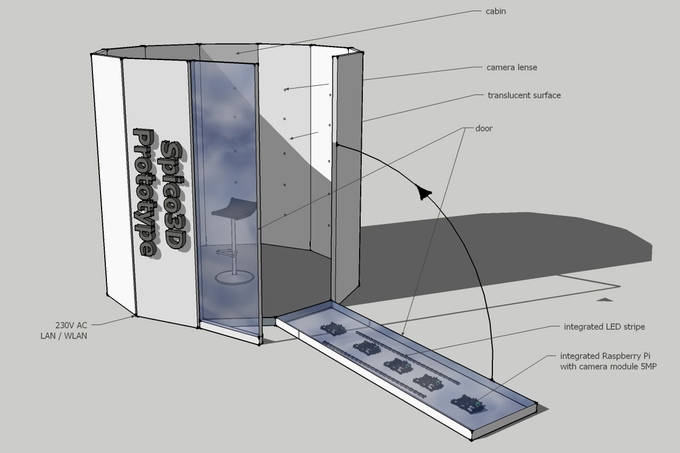
However, there are still some campaigns with a promising product and a legitimate operation to back it up who still miss the mark, oftentimes by a slim margin too. Take the Robocular campaign, for instance, which only managed to raise $123,856 of the $180,000 goal. The Robocular 3D scanner looked like an exceptional device, and had video and photo proof that their concept was actually in development. But, in my opinion, there are a couple of reasons for why the Kenmore, Washington-based company was not able to reach its goal. One factor that I think effected the outcome, as one fellow crowdfunder, named Jim Slade, pointed out with a comment on their Kickstarter page, was bad timing.
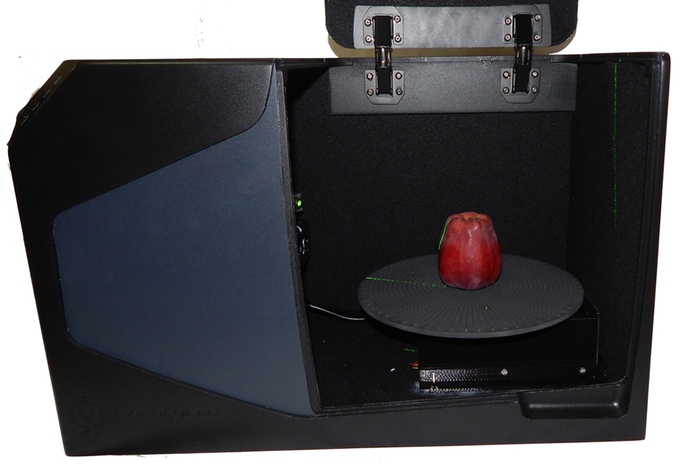
The Kickstarter was launched right around the 2015 holiday season, and with a moderately ambitious goal of $180,000, many potential investors were like strapped for cash during the time. Another issue for the Robocular team, in my view, was that they acknowledged— albeit honestly— that they had a long road ahead before perfecting their 3D scanner, including further hardware development, new hirings, a workspace, all of which could turn a potential crowdfunder from a believer into a skeptic. So, what are certain aspects that the successful 3D scanning Kickstarter campaigns have implemented to make their pledges more comfortable with opening up their wallets.
Shining 3D’s campaign for their EinScan-S 3D scanner was one of the more successful campaigns, raising $123,022 despite only asking for $50,000. It seems there were a number of factors that made the EinScan-S surpass its goal by almost three times the requested amount. Their campaign page was littered with photos, videos, technical specifications, and just about anything you can ask for out of a Kickstarter to ensure it’s legitimate. But one method that I think helped Shining 3D, and a number of other Kickstarter campaigns inside and outside of 3D technology, is the implementation of stretch goals. Instead of aiming for $180,000 like the failed Robocular campaign, the EinScan-S 3D Kickstarter started small, but dreamed big. Once their campaign reach the modest goal of $50,000, a whole slew of stretch goals followed to keep the hype going.
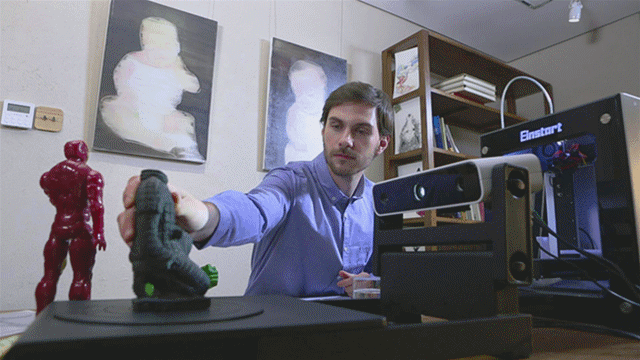
Although the campaign didn’t meet all of their stretch goals, they were able to cover their necessary bases first, and then showcased possible future plans to keep the money pouring in. This is a strategy that allows Kickstarter campaigns to be both realistic about how much they can rake in, but also to set up an environment in which they can explore and promote future goals as well. But sometimes, all it really takes to succeed on Kickstarter is an accessible and useful idea. Two of the most recent 3D scanner campaigns to meet their goal, Smart3D Ltd’s PIXELIO and eora 3D, have found success by offering potential customers a way to 3D scan objects using a smartphone. Eora 3D has completely shattered their goal of $80,000, raising a whopping $599,925.
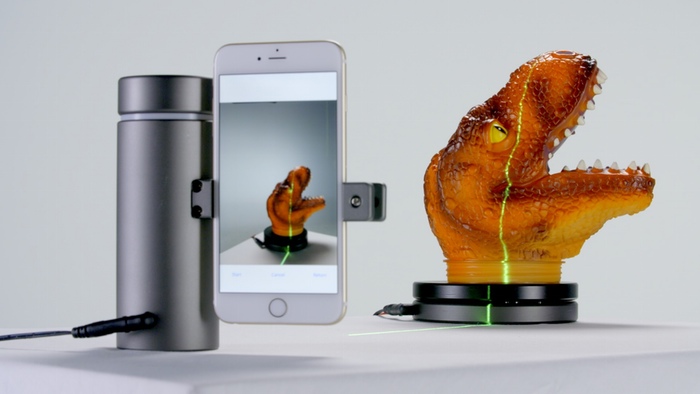
By equipping a smartphone with a handheld 3D laser scanner, eora 3D has conjured up a product that walks the fine line between plausibility and unbelievable innovation. Though their scanning system has yet to be delivered, it seems to be one of the most promising of the 3D scanner-based Kickstarters. After raising so much money, I personally hope that eora 3D will deliver on everything that they’ve promised campaign backers. Not just because I think that their product could revolutionize the way 3D scanning is utilized, and also not just because their campaign donors deserve it after almost pouring $600,000 into their campaign. More so, with all the negative press that Kickstart campaigns often get for not delivering or succeeding, I think eora 3D’s massively successful campaign must deliver the goods because it’s vital for the reputation of all future 3D printing and 3D scanning devices that turn to Kickstarter for help.

Leave A Comment